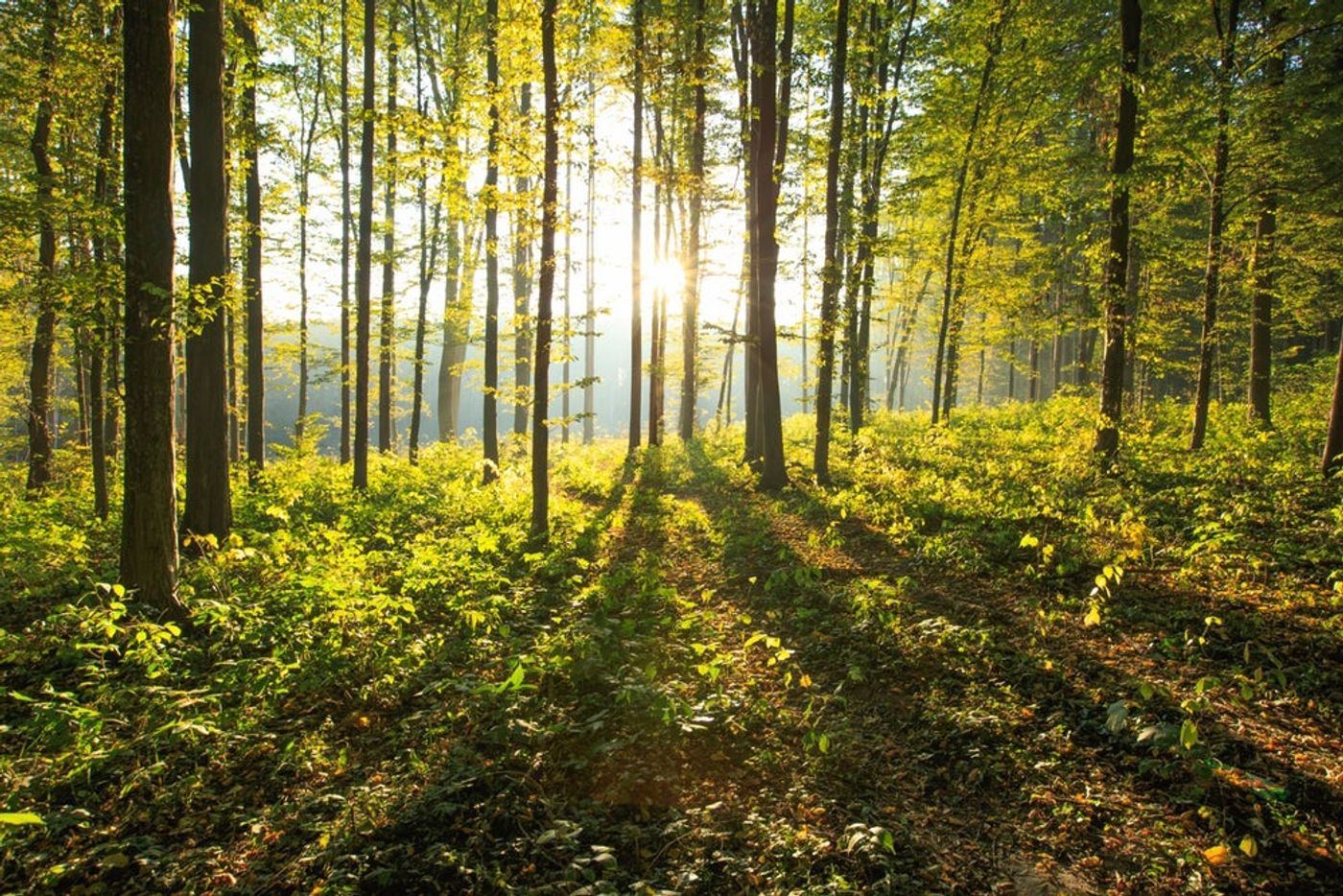Scientists discover a new source of methane from an unlikely source
Most of us know the dangers of methane. At about 25 times stronger than carbon dioxide, and 33 times the effects when in the atmosphere, scientists have long known that methane is a most deadly greenhouse gas, threatening to speed up climate change exponentially. But when we think of methane sources, usually we think of farting cows and thawing frozen lakes that bubble up the gas and can be lit aflame. Well, a new study in a 30-acre area of upland forest at Fair Hill Natural Resources Management Area in nearby Cecil County, Maryland has revealed a surprising new culprit as a potential methane source.
The researchers from the University of Delaware recently published their results in the journal Ecosystems, which show that tree trunks in upland forests actually emit methane rather than store it. To gather these results, the scientists tested a cluster of trees, soil and coarse woody debris (CWD) -- dead wood lying on the forest floor in various stages of decomposition -- to measure fluxes of methane and carbon dioxide using a greenhouse gas analyzer based on laser absorption technology, called Off-Axis Integrated Cavity Output Spectroscopy (OA-ICOS).
The team thinks their strategy looks at the experiment from a new angle. "What research has been done is generally lab incubations of wood where they measure how much methane is released over time. What we've found in this study is that some coarse woody debris acts kind of like the soil and consumes methane while other pieces of coarse woody debris emit small amounts of methane, which is also what we saw with living tree trunks," said Daniel Warner, lead author of the paper.
Of course of one the big questions stemming from their results is where is this methane coming from. The team has one theory that the methane is produced in hot spots in the soil where conditions are right for production and then the trees uptake it and release it as through their normal physiological processes. "We know that happens in wetlands but in uplands, maybe it happens in one specific spot and nowhere else," reports Warner.
Their other theory is that the trees have internal rotting or infection, which creates an environment where methanogenic bacteria can survive and then methane diffuses out of the tree.
"At this moment, the mechanisms of methane production in upland forests are not clear. Methane can be either transported from the soils upward inside the stem and diffused to the atmosphere or produced inside the stem by fungi or archaea -- single-celled microorganisms," said Rodrigo Vargas, assistant professor in the Department of Plant and Soil Sciences in UD's College of Agriculture and Natural Resources.
The team hopes that their results will be able to be taken into consideration for management strategies. They suggest that global and ecosystem models should take into account methane produced from tree trunks as a new source of methane to the atmosphere, evaluating multiple forest components to understand and interpret ecosystem CO2 and CH4 dynamics.
Sources: ScienceDaily, Ecosystems









